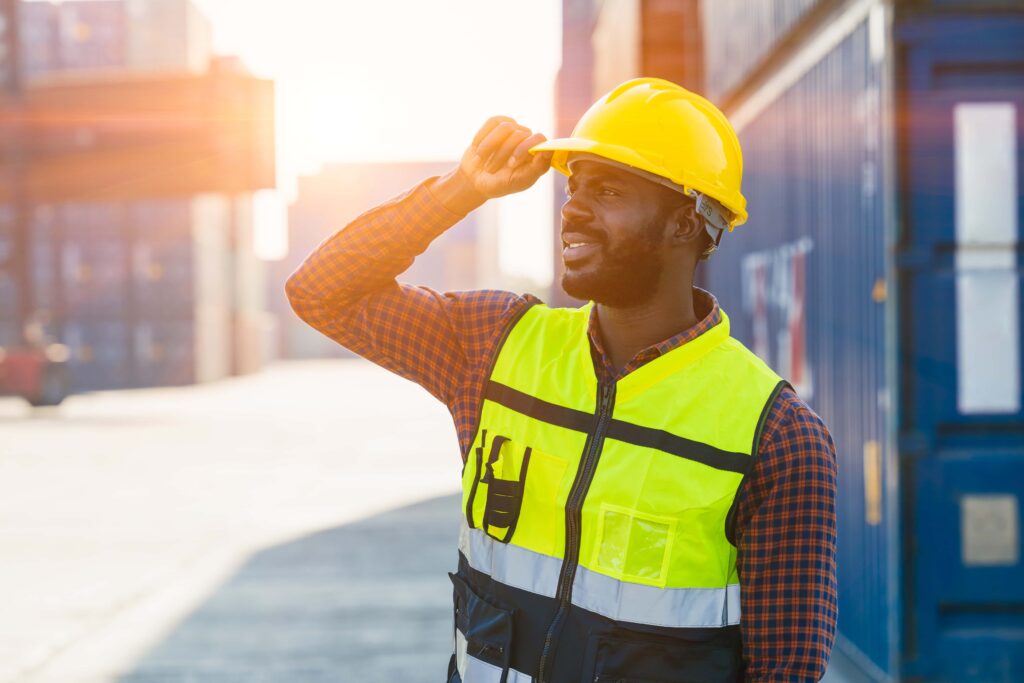Ensuring a safe workplace is an essential responsibility, particularly to prevent the frequent and often serious incidents of slips and trips. Here is an illustrative guide to cultivating a secure working environment through proactive action:
A cornerstone in the battle against workplace slips and trips is the establishment of meticulous maintenance and housekeeping protocols. It’s imperative that floors be regularly cleaned, spills swiftly handled, and workspaces kept devoid of clutter to diminish slip and trip hazards.
The role of lighting in workplace safety is indisputable. It’s essential to maintain bright and effective lighting throughout the workplace, with a keen focus on hallways, staircases, and other areas bustling with activity. Prompt replacement of failed bulbs and the installation of additional lighting in dimly lit spaces can significantly mitigate risks.
Investing in the right materials for flooring and footwear is crucial. Slip-resistant floors are a wise investment, particularly in zones susceptible to moisture. Furthermore, advocating for or requiring footwear designed for stability ensures that employees have the necessary grip suited to their work environment.
The strategic placement of warning signs and barriers is a practical measure for communicating immediate risks, such as wet floors or ongoing hazard resolution efforts. Barriers serve as a physical safeguard, cordoning off areas to prevent accidents.
A well-informed workforce is a safe workforce. Regular educational programs on workplace safety, which include strategies to prevent, identify, and address slips and trips, are vital. These programs should also guide employees on the proper procedures for reporting hazards.
Ergonomics plays a pivotal role in preventing workplace falls. Designing spaces that minimize unnecessary stretching, bending, or leaning helps maintain balance and prevent falls. Pathways must be ample and unobstructed to ensure safe passage.
Routine safety audits are an invaluable tool for recognizing and mitigating slip and trip hazards. These audits are most effective when they incorporate the practical insights of employees, who are most familiar with the daily dynamics of their workspaces.
Addressing issues promptly is non-negotiable. Whether it’s repairing a loose floorboard or securing an exposed cable, immediate action is critical to reducing accident risks.
Clear and open communication regarding hazard reporting and response is foundational to a safety-conscious culture. Employees should feel empowered and supported in reporting potential risks.
Finally, strict adherence to local and national safety regulations and standards is not optional. These regulations are designed as a baseline to safeguard employees and should be strictly observed and integrated into daily safety procedures.
In summary, by embracing these measures, businesses can markedly lower the chances of workplace slips and trips, thereby ensuring a more secure and efficient working environment for everyone. Safety transcends mere protocol; it is a pledge to the health and safety of each person in the workplace.








